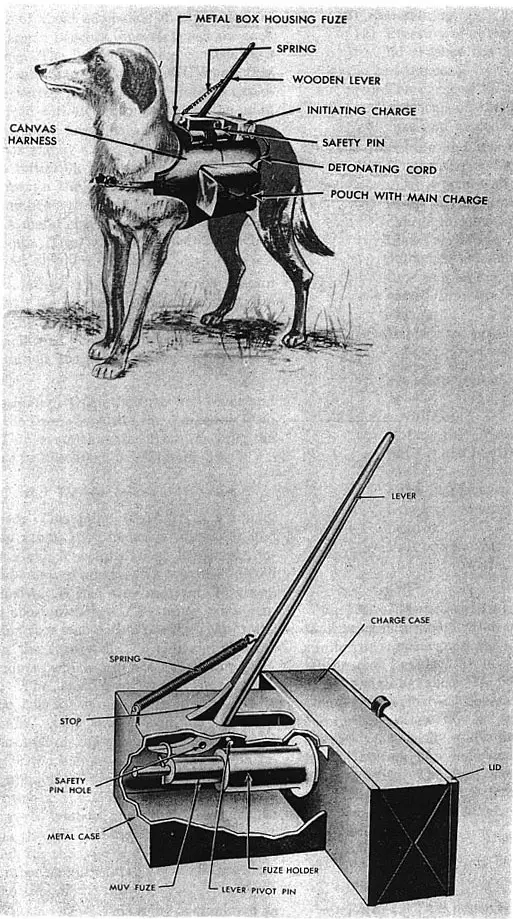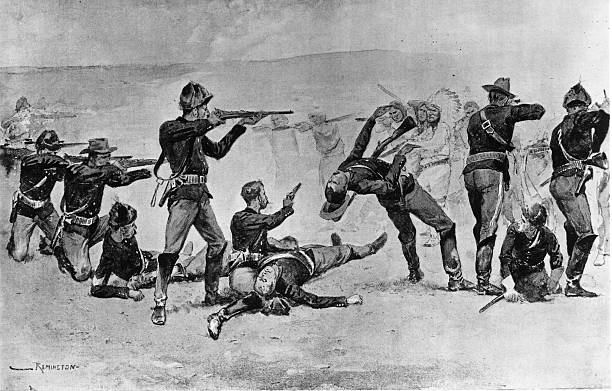Exploring The History Of Anti-Tank Dogs In World WII
The Controversial Use of Anti-Tank Dogs in WWII
During World War II, the use of animals as weapons of war was not an uncommon practice. From homing pigeons to horses, many different types of animals were utilized to aid in battle. However, one of the most controversial tactics employed during the war was the use of anti-tank dogs.

Anti-tank dogs, also known as “Hundminen” or “dog mines,” were trained to carry explosives on their bodies and run towards enemy tanks, where they would then be detonated. The idea was that these dogs, usually Alsatians, would be able to sneak past enemy defenses and destroy tanks from beneath, creating a new and unexpected threat for the enemy to deal with.
The Origins of Anti-Tank Dog Training in the Soviet Union
This type of animal weaponry was first used by the Soviet Union. Following a decision in 1924 to allow dogs to aid the military, a dog training school was set up in Moscow. The military recruited such people as police dog trainers, hunters, circus trainers, and animal scientists. Twelve more schools were set up hot on the heels of the first one and the Soviet dog-training division started out in earnest.
At first, dogs were trained to carry supplies, tracking mines, and rescuing people – tasks at which the dogs excelled. In the early 1930s, the Soviets decided it would be a good idea to turn man’s best friend into an anti-tank weapon. Three of the schools began training dogs for this purpose. Initially, they were trained to carry a bomb to a tank and run off; afterwards, their handler could detonate the bomb with a remote or the bomb may have simply been set with a timer.

The Ineffectiveness and Controversy of Anti-Tank Dogs in Combat.
However, this tactic proved to be ineffective, as the dogs would often become confused and run back to their handlers, or the tanks would simply move before the dogs could reach them. To address this issue, the Soviets began attaching the explosives directly to the dogs’ bodies, and training them to run directly under tanks and detonate the explosives.

Despite initial success in trials, this tactic proved to be highly controversial and ultimately ineffective in actual combat. The dogs had a high failure rate, with many of them not reaching their target or becoming disoriented and returning to their handlers. Additionally, the use of dogs in this way was seen as inhumane and sparked international condemnation.
The Spread of Anti-Tank Dog Tactics to Other Countries.
The use of anti-tank dogs was not limited to the Soviet Union alone, other countries like Germany and Italy also experimented with similar tactics, but with similar results. The use of animals in warfare, in general, was widely considered to be unethical, and today, the use of animals in combat is banned by most countries and international conventions.
The Unethical and Inhumane Nature of Using Animals in Warfare.
It is important to remember that these dogs were not voluntaries in this war, they were trained and forced to participate in these actions, and it is heart-wrenching to think about the fate of these innocent animals. The use of anti-tank dogs serves as a reminder of the many ways in which war can be brutal and inhumane, not only to humans but to animals as well.

